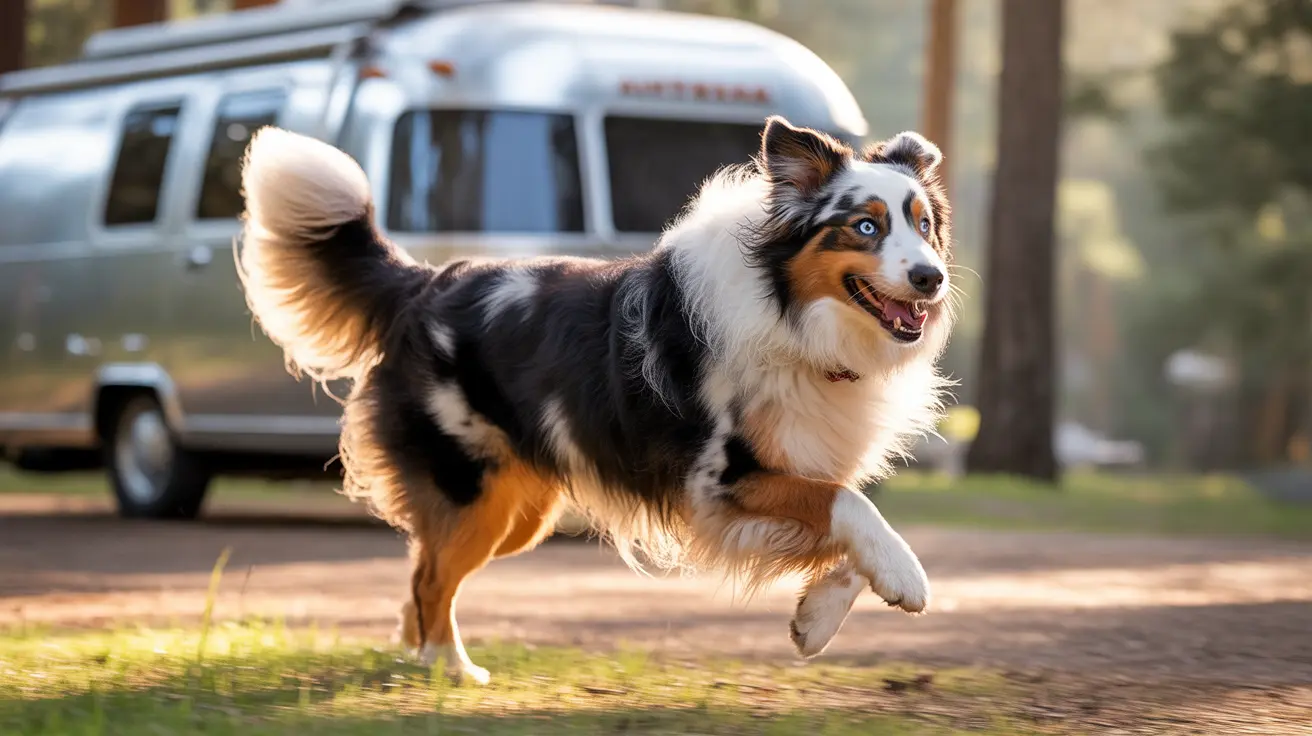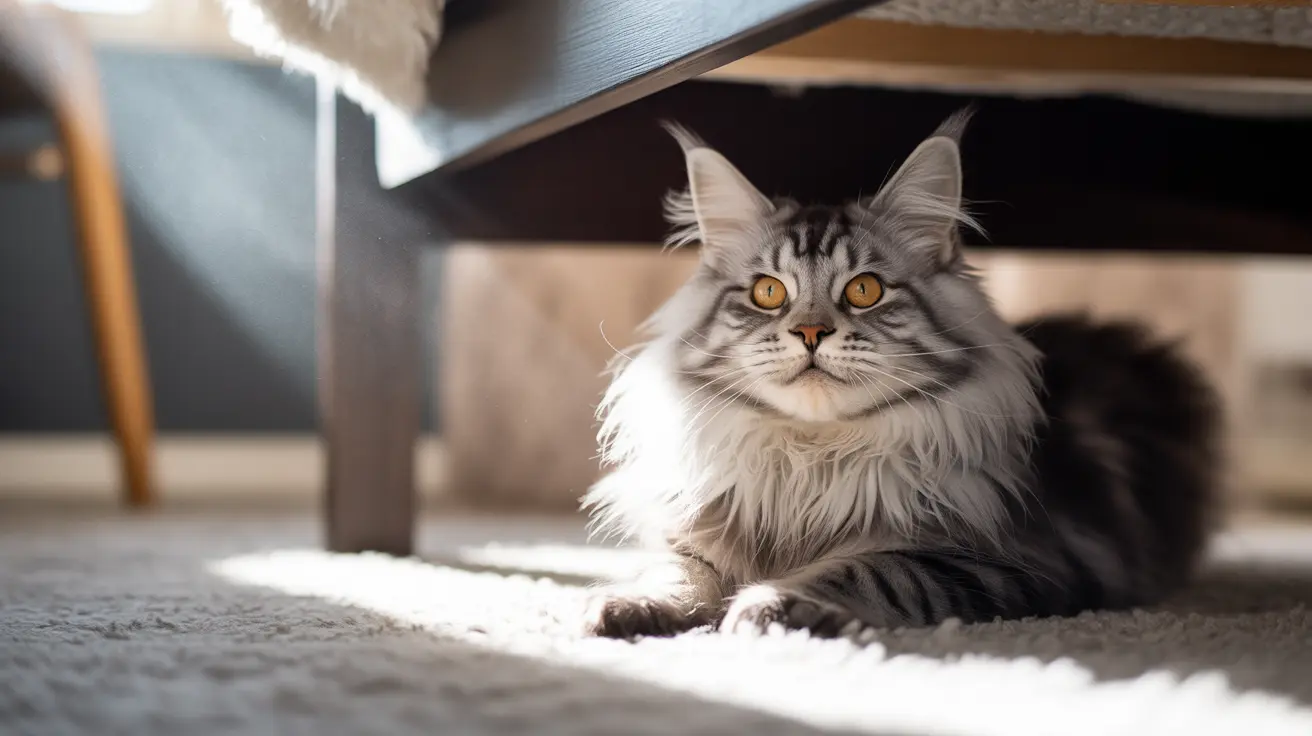Understanding the Origins of the Alaskan Klee Kai
The Alaskan Klee Kai is a visually striking and affectionate dog breed developed in the 1970s to resemble a miniature version of the Siberian Husky. Its name means “little dog” in Athabaskan, reflecting both its physical size and companionable disposition. This breed may be small in stature, but it has a rich ancestry and a collection of endearing characteristics that make it a delightful addition to active households.
Breed Development
The Alaskan Klee Kai was created by Linda Spurlin in Wasilla, Alaska. Spurlin wanted a smaller, more manageable companion dog that retained the beautiful looks of northern working breeds. To do this, she selectively bred several breeds:
- Alaskan Huskies – for endurance and classic husky features
- Siberian Huskies – for their striking coat and eye colors
- American Eskimo Dogs – for size reduction and companion temperament
- Schipperkes – for their compact build and alertness
Together, these breeds contributed to the appearance, temperament, and size of the modern Alaskan Klee Kai. Official breeding began in the early 1980s and led to the breed's eventual recognition.
Physical Traits
The Alaskan Klee Kai strongly resembles its Husky relatives but in a more compact frame. This breed sports a wedge-shaped head, erect triangular ears, and symmetrical facial masks. Its double coat is soft and insulating, often coming in striking combinations like:
- Black and white
- Gray and white
- Red and white
The breed is categorized by size:
- Toy: Up to 13 inches tall, weighs up to 9 pounds (4.1 kg)
- Miniature: 13–15 inches tall, 10–15 pounds (4.5–6.8 kg)
- Standard: 15–17.5 inches tall, 16–25 pounds (7.3–11.3 kg)
Temperament and Personality
This breed is intelligent, energetic, and alert, with a playful nature and a strong loyalty to its family. While they may be reserved with strangers, they form deep bonds with their human companions. Alaskan Klee Kai are also known for their vocalizations, including howling, barking, and even grumbling.
They exhibit the following personality traits:
- Curious and active
- Affectionate with family
- Cautious around new people
- Occasionally stubborn, requiring consistent training
Exercise and Training Needs
The breed’s high energy levels mean they need regular mental and physical stimulation. Ideal activities include:
- Long daily walks or jogs
- Hiking and nature exploration
- Dog sports like agility and obedience
- Interactive games and puzzles
Training should begin early using reward-based methods. They thrive under calm, consistent leadership but can demonstrate an independent streak. A strong prey drive and cleverness may lead to escape attempts, so secure environments are crucial.
Living Conditions
Despite their active lifestyle, Alaskan Klee Kai can adapt well to apartment living if given adequate exercise. They are clean dogs with minimal odor, often likened to cats for their self-grooming habits. However, they are not well-suited to homes where they will be left alone for long periods.
Health & Lifespan
Alaskan Klee Kai are generally healthy and have a lifespan of 13–16 years. However, as with any breed, they may be predisposed to certain conditions:
- Patellar luxation
- Autoimmune thyroiditis
- Heart murmurs
- Juvenile cataracts
- Factor VII deficiency
Reputable breeders conduct health screenings to mitigate these risks. Regular veterinary checkups and home care (ear cleaning, dental hygiene, nail trimming) are essential.
Grooming Requirements
This breed’s unique coat requires weekly brushing to manage year-round shedding, intensifying during spring and fall. Bathing should be occasional, as over-washing can strip natural oils. Show standards discourage heavy grooming, though foot trimming is allowed for a tidy appearance.
Diet and Nutrition
A nutritionally balanced diet suited for the dog’s life stage and activity level is key. Whether commercial or home-prepared under veterinary guidance, the diet should support their metabolism and prevent weight gain. These dogs can be picky eaters, so consistency is advised.
Why Choose an Alaskan Klee Kai?
If you’re searching for a compact, intelligent, and energetic companion that looks like a miniature husky, this breed may be perfect for you. Their adaptability makes them ideal for pet owners who can invest time in training, socialization, and regular physical engagement.
In the right environment, the Alaskan Klee Kai is an affectionate, engaging, and loyal pet that forms strong bonds and brings joy through its animated personality and expressive behaviors.





